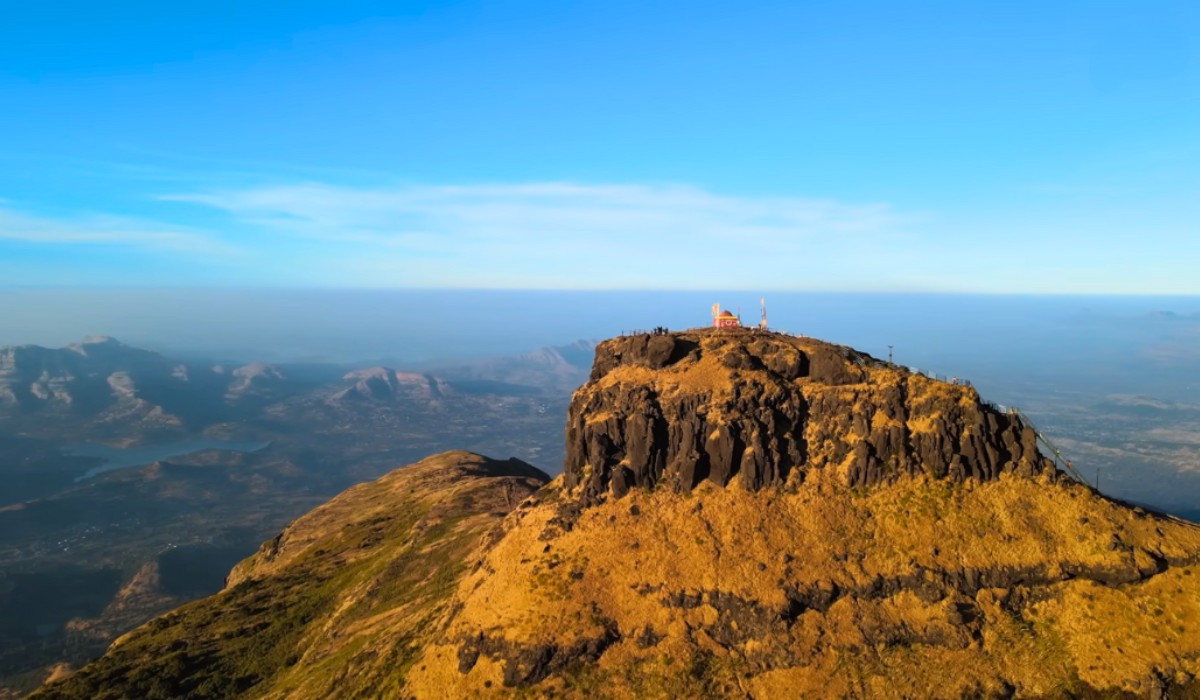Cyclone Dana, like other tropical cyclones, is a powerful storm system that forms over warm ocean waters and can have significant impacts on coastal regions. Understanding the formation of such cyclones involves a combination of meteorological processes, oceanic conditions, and atmospheric dynamics. Here, we explore the steps involved in the formation of Cyclone Dana and the factors that contribute to its development.
1. Warm Ocean Waters
The initial stage of cyclone formation begins with warm ocean waters. Tropical cyclones typically form in regions where sea surface temperatures exceed 26.5 degrees Celsius (approximately 80 degrees Fahrenheit). The warmth of the ocean provides the necessary heat and moisture that fuel the cyclone’s development.
2. Evaporation and Humidity
As the warm ocean water evaporates, it increases the humidity in the air above the sea surface. This process is crucial because moist air is less dense than dry air. As a result, the warm, humid air begins to rise, creating an area of low pressure at the surface.
3. Formation of Low Pressure
The rising warm air creates a low-pressure system. As air rises from the surface, it leaves behind a vacuum, which draws in cooler air from the surrounding areas. This inflow of air contributes to the cyclone’s growth, as the cooler air warms up and becomes moist.
4. Coriolis Effect
The Coriolis effect, caused by the Earth’s rotation, plays a vital role in the cyclone’s spin. This effect causes the incoming air to spiral inward towards the low-pressure center, leading to the characteristic rotating structure of a cyclone. In the Northern Hemisphere, the rotation is counterclockwise, while in the Southern Hemisphere, it is clockwise.
5. Convection and Cloud Formation
As the warm, moist air continues to rise, it cools and condenses, forming clouds. This process releases latent heat, which further warms the surrounding air and causes it to rise. This cycle of rising and cooling air creates strong convection currents, which intensify the storm.
6. Development of Organized Structure
For a cyclone to develop into a tropical storm or hurricane, it needs to acquire a well-defined structure. This involves the formation of a central eye, surrounded by a ring of intense thunderstorms known as the eyewall. The organization of the storm is influenced by various atmospheric conditions, including wind shear, which refers to changes in wind speed and direction at different altitudes.
7. Movement and Intensification
Once formed, Cyclone Dana can move across the ocean, often influenced by prevailing wind patterns. As the cyclone travels over warm waters, it can continue to strengthen. Conversely, if it moves over cooler waters or encounters land, it may weaken.
Conclusion
The formation of Cyclone Dana is a complex interplay of various meteorological and oceanic factors. Understanding this process not only helps scientists predict and track cyclones but also allows communities to prepare for the potential impacts of these powerful storms. As Cyclone Dana approaches coastal regions, it serves as a reminder of the importance of monitoring and preparing for tropical cyclones to mitigate their effects on lives and property.
Also Read: Understanding Softy Ice Cream and Its GST Classification











